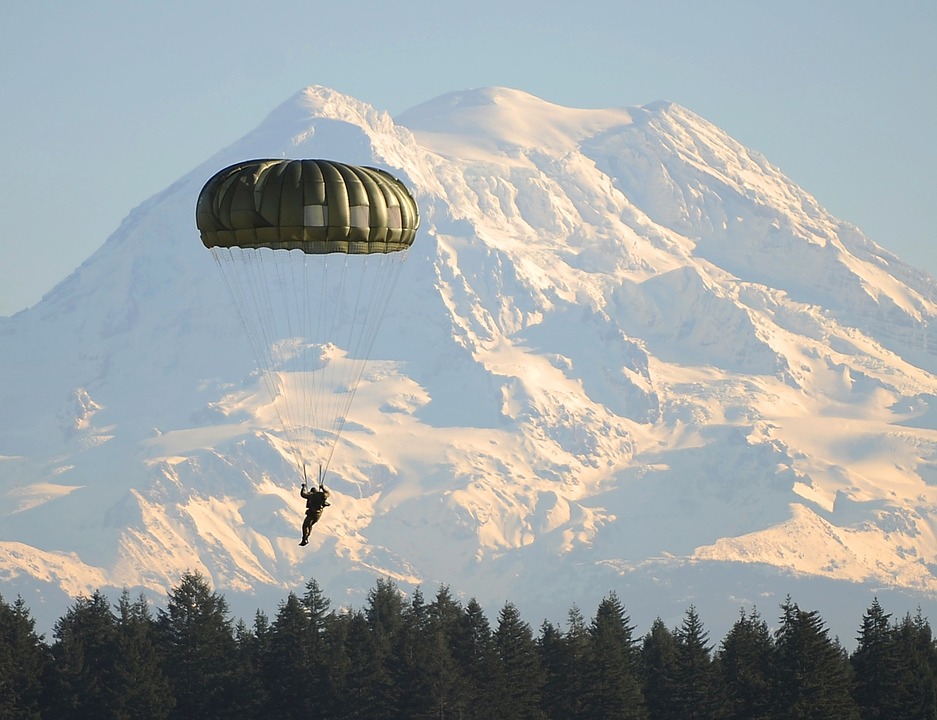Sam Reich
AP Physics 1 🎡
257 resourcesSee Units
Unit 1 Overview: Kinematics

Image from Pixabay
The world is constantly moving! Having the capability to describe the motion around you opens up your surroundings wildly. You will start your physics journey by learning how to describe motion because it allows you to relate new physics ideas to your everyday experiences. Kinematics is the branch of mechanics that describes the motion of objects without yet covering what forces cause that motion. It allows you to find trends in an object's motion in order to describe what happened to the object in the past, what is happening now, and predict what will happen in the future.
To describe an object's motion, you will need to ask some questions about an object's motion, such as:
- Where is the object now, and where did it start?
- How fast is it moving?
- For how long has it been moving?
- Is the object's velocity changing?
These questions guide you to the four main characteristics of motion that you will use in this unit: position, velocity, acceleration, and time. In this unit, you will learn about each of these ideas separately, and then you will relate them all together with the kinematics equations. There are three kinematics equations, and together they serve as a powerful tool that allows you to analyze the full relationship between each of the individual motion characteristics.
Within kinematics, you need to break motion down into different directions. The simplest type of motion you can analyze is one-dimensional, or when an object moves in one direction. You will start the unit by learning about this type of motion in both the x-direction and the y-direction. You will use the characteristics listed above and the idea of vector and scalar quantities to describe motion in one direction.
You will see that there are some special considerations when an object travels in the y-direction. The most important consideration in the y-direction is when an object falls without any forces acting on it besides gravity. When that happens, we say that the object is in free fall. Freely falling objects all have the same acceleration, called the acceleration due to gravity. This is an important concept to remember since objects in free fall come up a lot but are simple once you know the rules for analyzing them!
Once you have mastered one-dimensional motion, you will move on to study two-dimensional motion. This is when an object moves through the x-direction and the y-direction at the same time. This is a more complex type of motion, but also super relevant, since rarely in life does an object only move in one direction at a time! When looking at motion in two dimensions, you always have to break it down and look at each dimension separately. To do this, you will learn how to break down motion characteristics into vector components and how to combine vectors to get a resultant vector.
The most important type of two-dimensional motion that you will study (at least for the AP test) is Projectile Motion. An object projected into the air with an initial velocity but with only gravity acting upon its descent is a projectile. So, it is like free-fall motion, but in two dimensions. This type of motion also has some special characteristics that you will learn in this unit.
Finally, in this unit, you will also talk about Frames of Reference. This is the idea that the relationship between the object and the observer determines how we describe that object's motion. Here's a quick example: Imagine that you are sitting in a moving car tossing a ball up and down. To you, the ball looks like it is going up and down because you are moving with the car and the ball. However, to someone standing on the street watching you as you pass by in your vehicle, the ball looks like it is also moving along the street. The person standing on the street has a different frame of reference than you, so the motion looks different.
This unit serves as the foundation for all of AP Physics 1. You will learn to show motion in a written, formulaic, and graphical sense during unit one. The exam weight of this unit is 10-16%, and it tends to span over ~16-19 45-minute class periods.
🔑 Key Concepts
- Frame of Reference
- Position
- Scalar
- Vector
- Displacement
- Distance
- Velocity
- Speed
- Acceleration
- Center of Mass
- Free Fall
- Acceleration due to Gravity
- Projectiles
- Angled Launches
- Vector Components
Key Equations
- S = D/t
- V = x/t
- Aavg = V/t
- Vf = Vo + at
- x = Vot + 1/2at2
- Vf2=Vo2 + 2ax
- x = 1/2 (Vf + Vo)t
- V = gt
- Vf = Vo + gt
- y = Vot + 1/2ft2
- Vf2 = Vo2 + 2gy
- y = Voyt + 1/2 gt2
- Vfy = Voy + gt
- Vfy2 = Voy2 + 2gy
- x = Vxt
- Vox = Vocos()
- Voy = Vosin()
Browse Study Guides By Unit
👟Unit 1 – Kinematics
🌀Unit 2 – Dynamics
🚀Unit 3 – Circular Motion & Gravitation
⚡️Unit 4 – Energy
⛳️Unit 5 – Momentum
🎸Unit 6 – Simple Harmonic Motion
🎡Unit 7 – Torque & Rotational Motion
💡Unit 8 – Electric Charges & Electric Force
🔋Unit 9 – DC Circuits
🔊Unit 10 – Mechanical Waves & Sound
👉AP Physics Essentials
🧐Multiple Choice Questions (MCQs)
✍️Free Response Questions (FRQs)
📆Big Reviews: Finals & Exam Prep

Fiveable
Resources
© 2023 Fiveable Inc. All rights reserved.